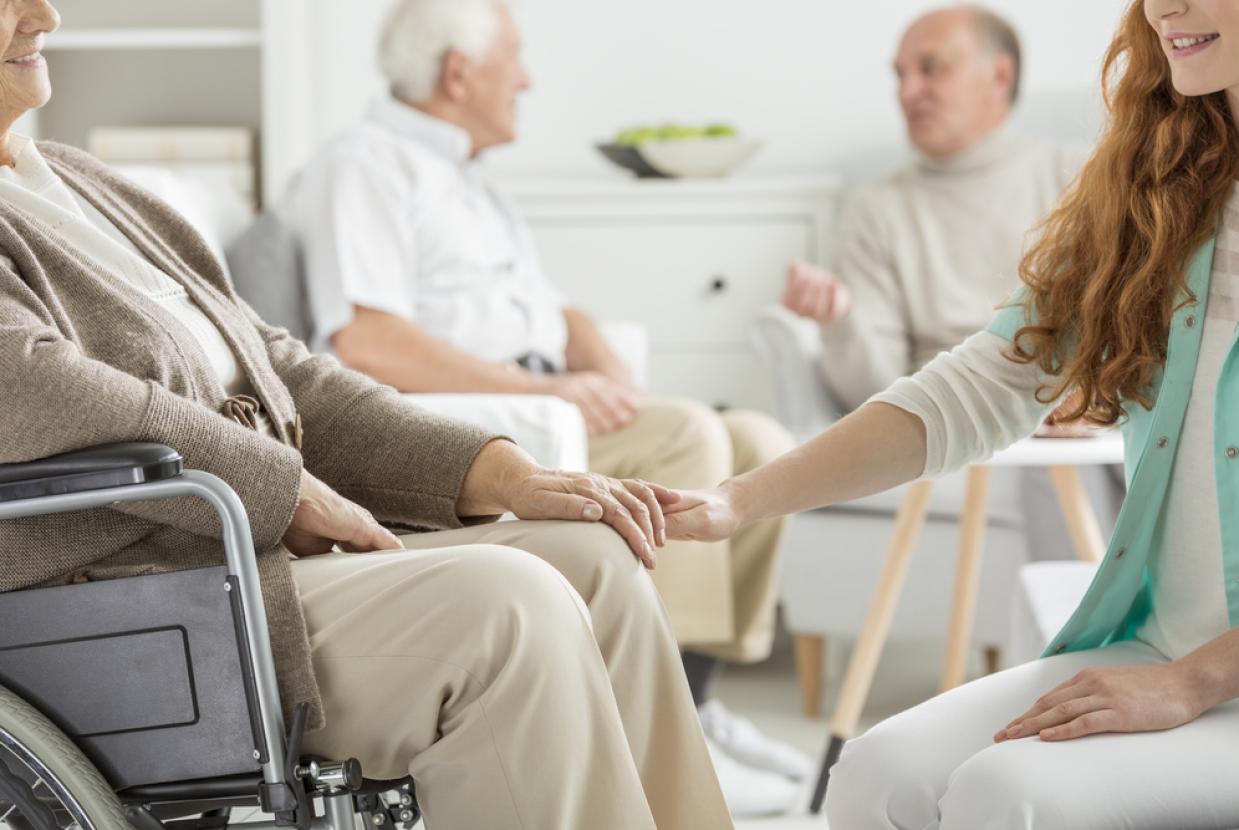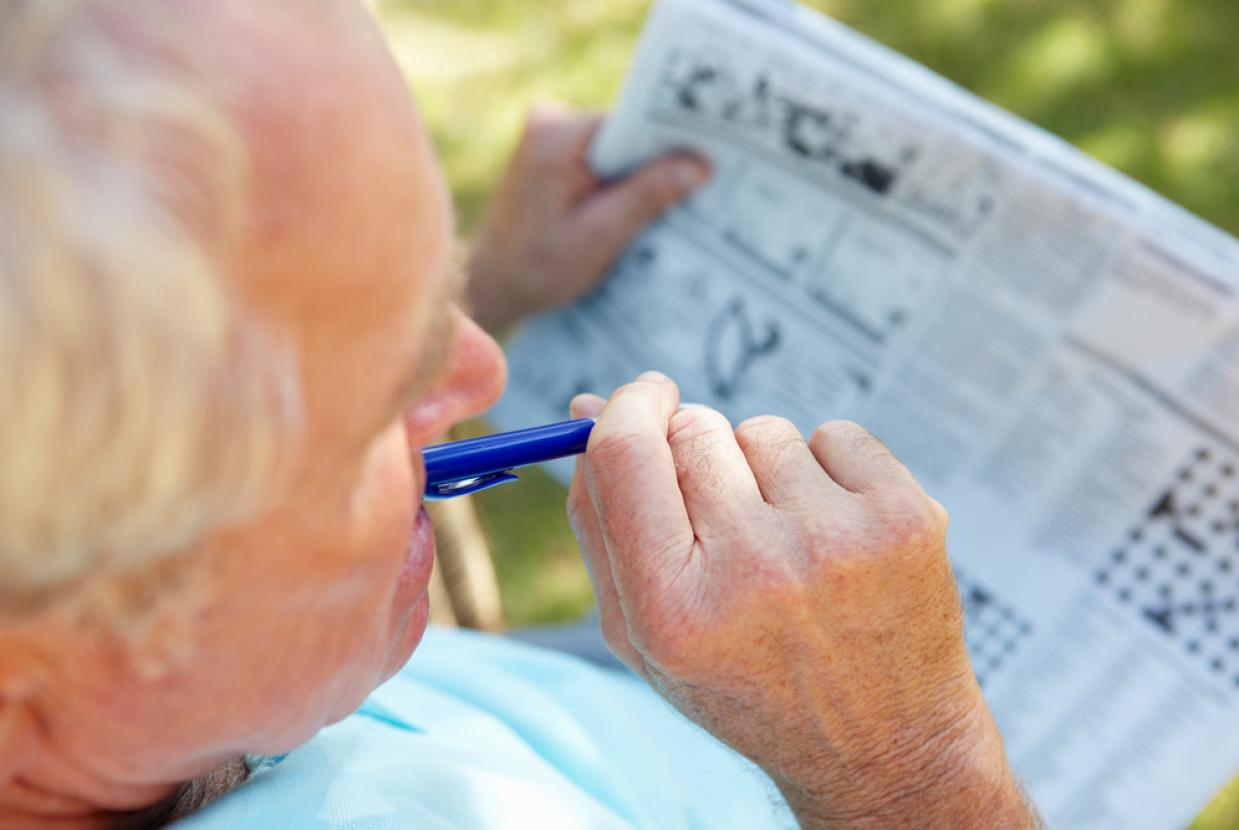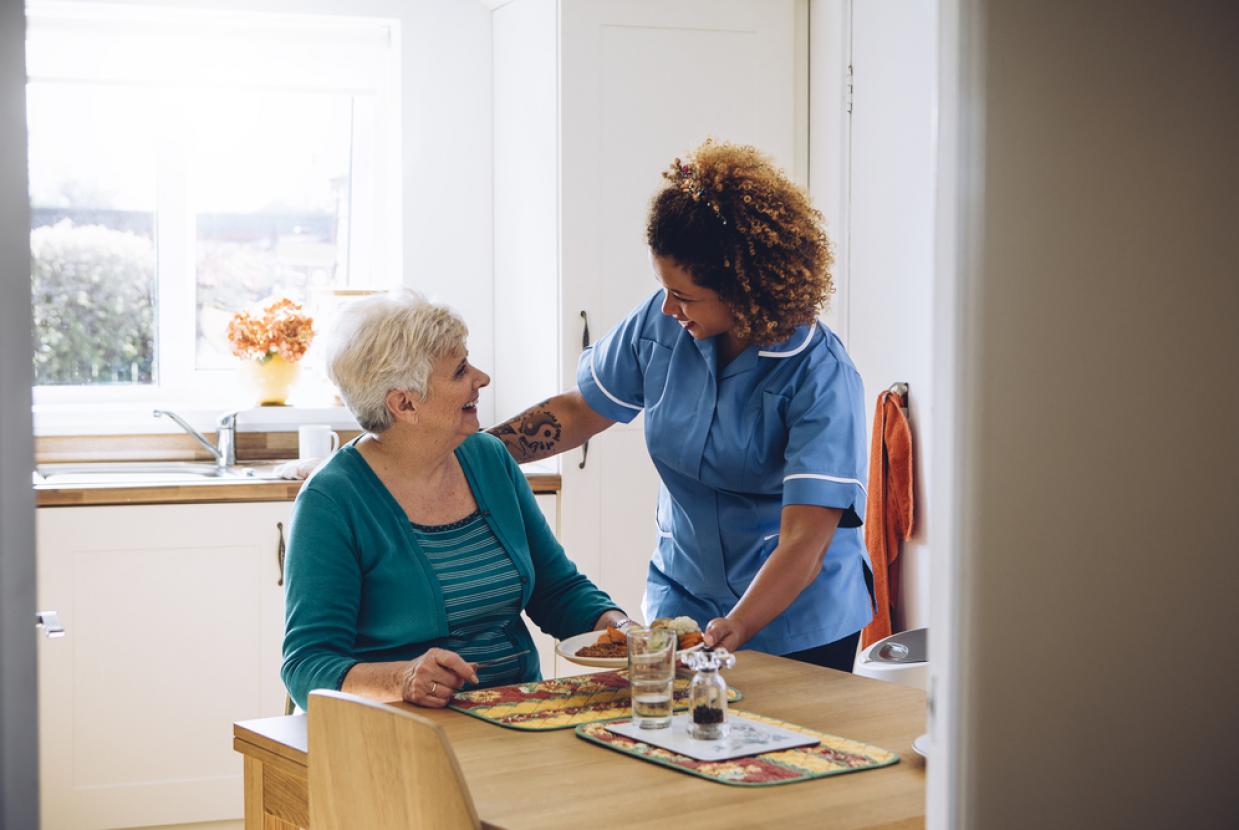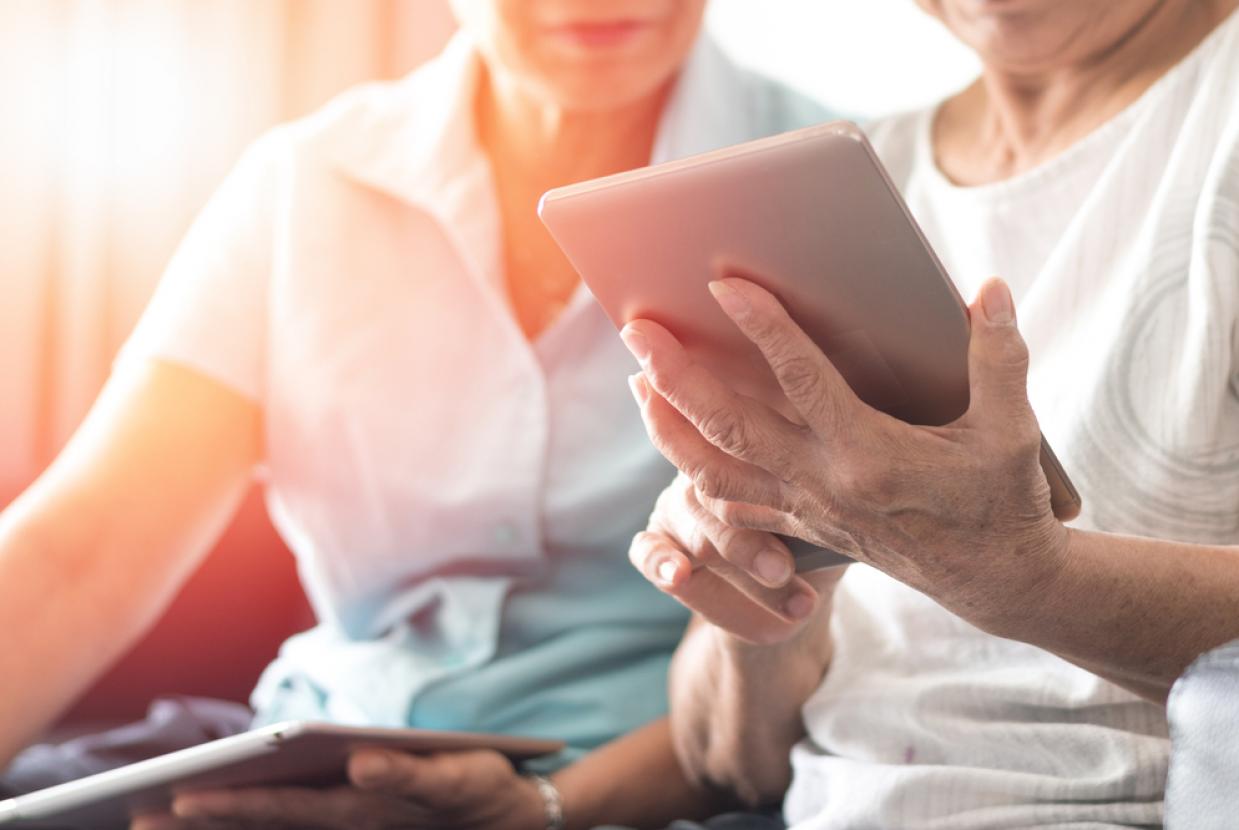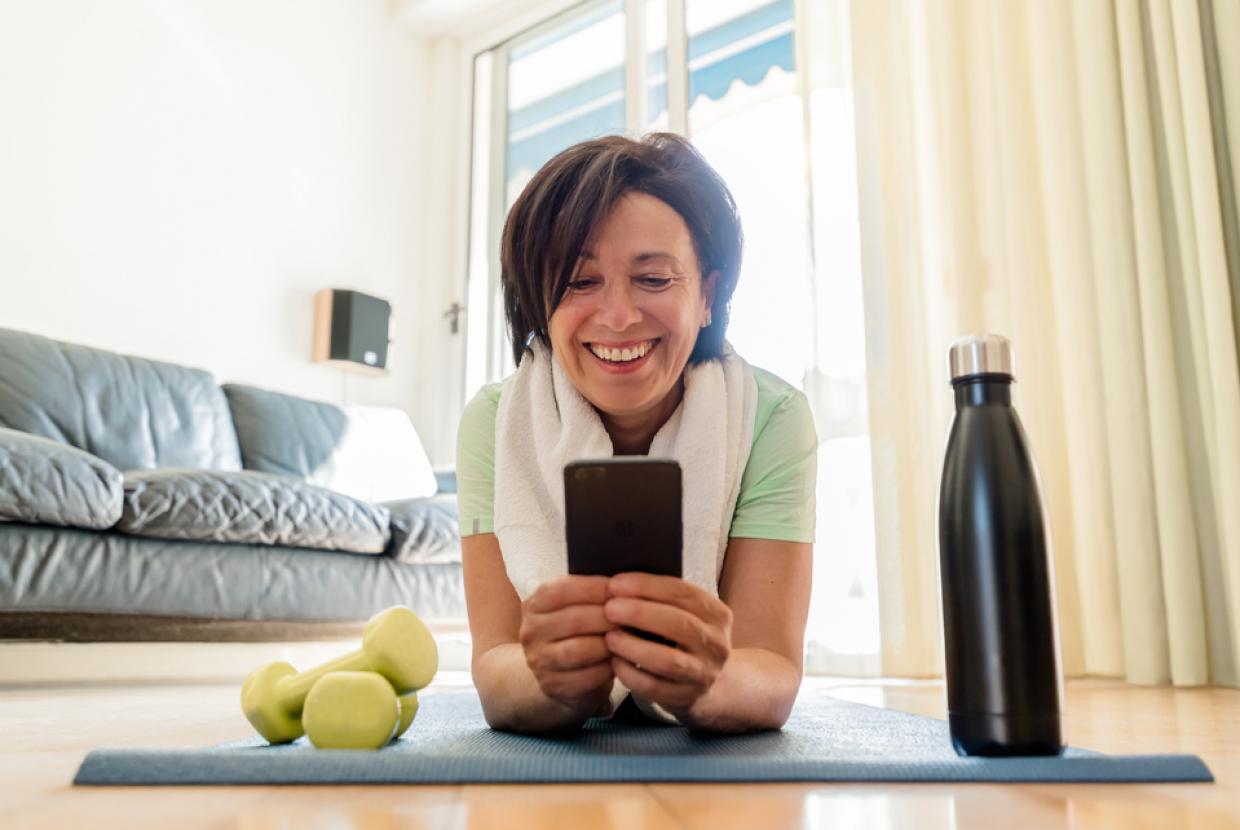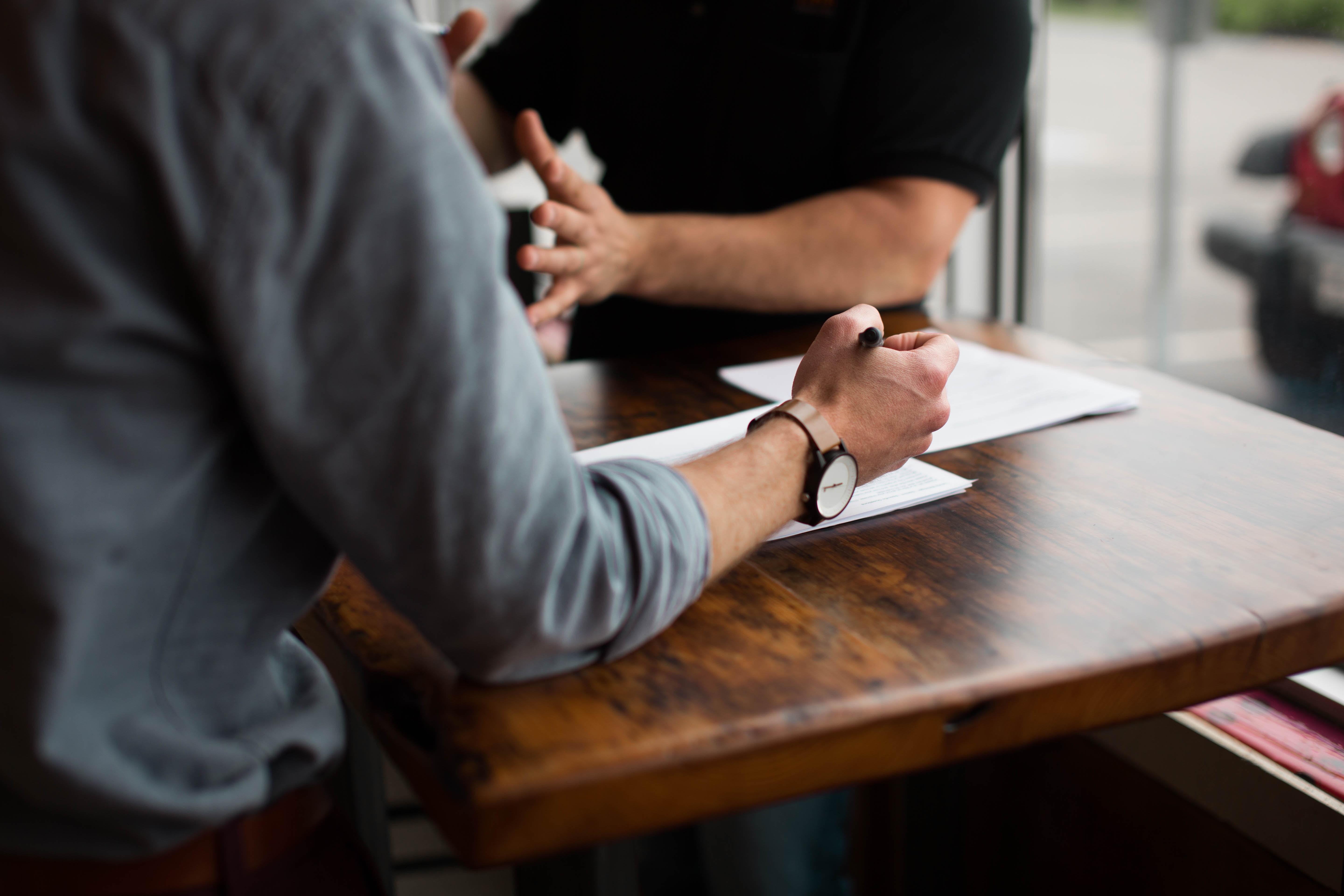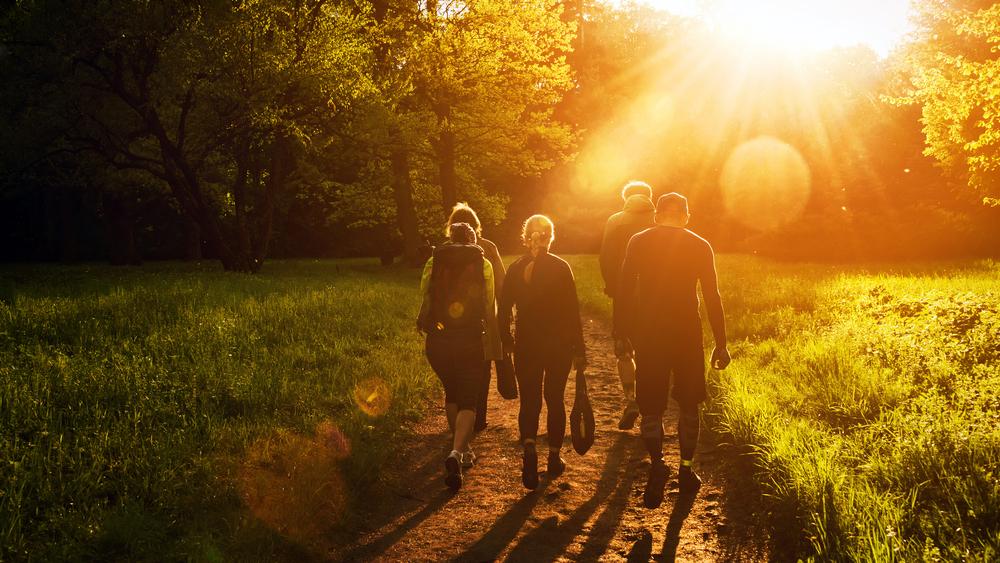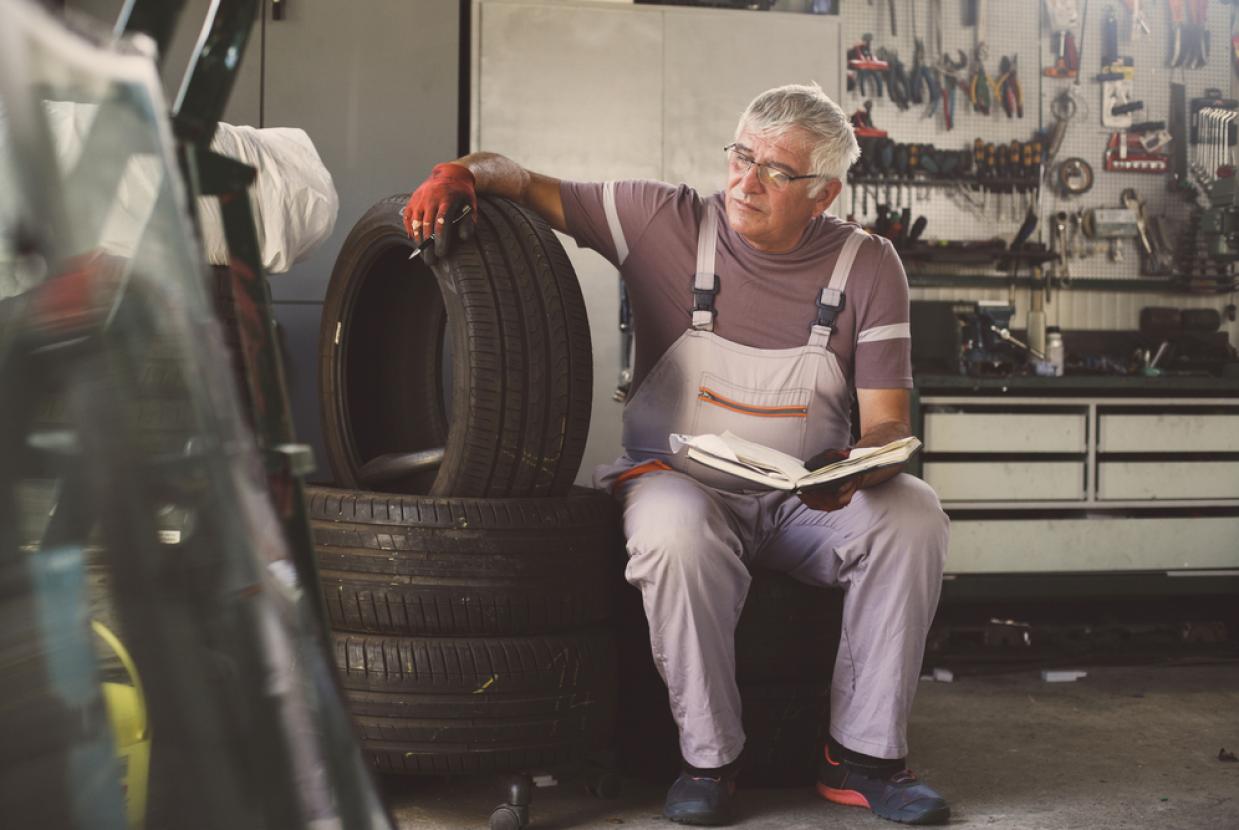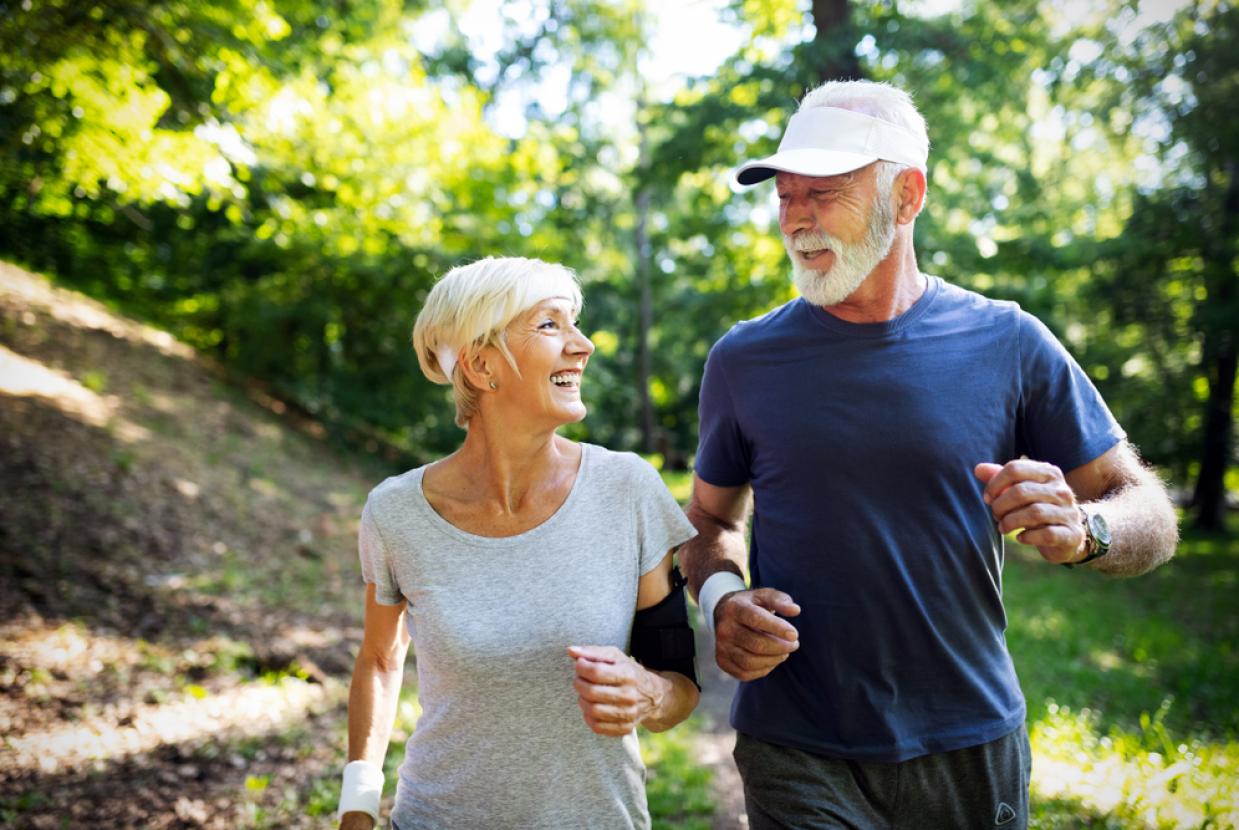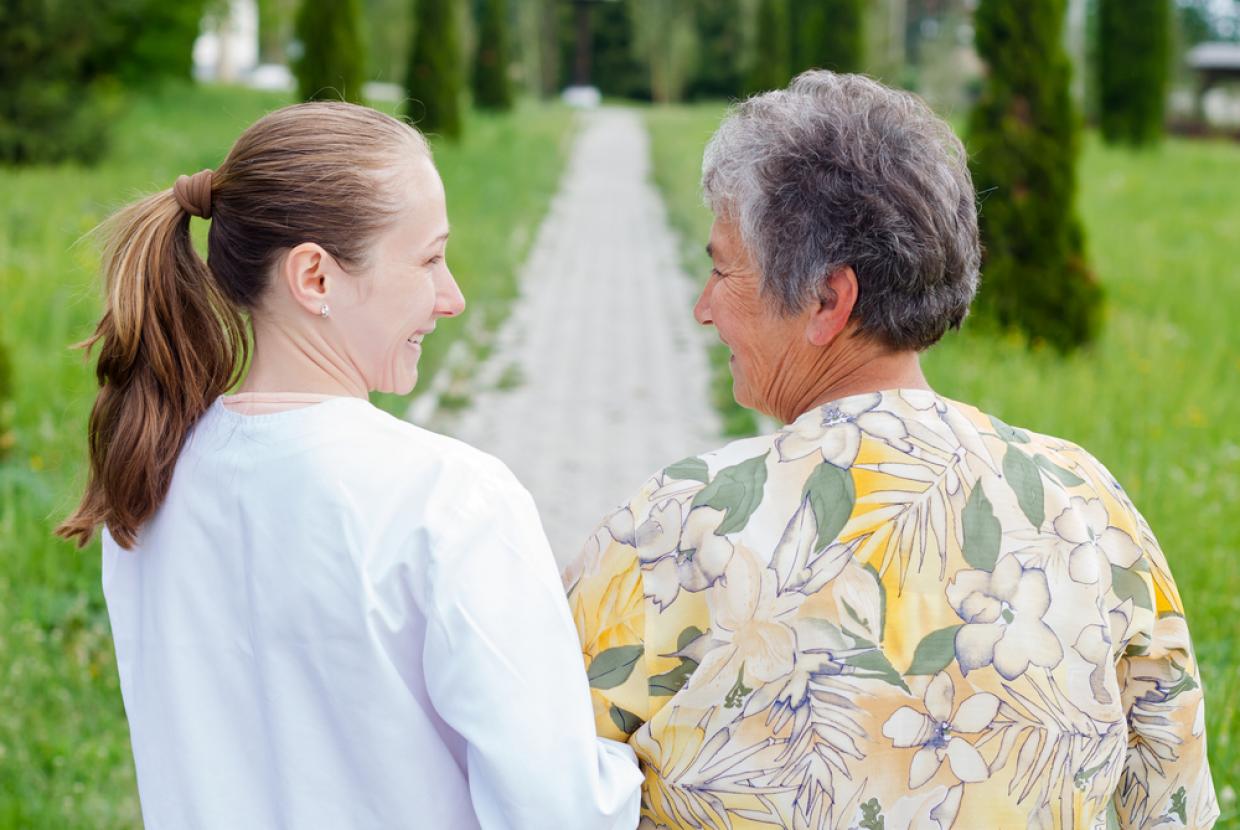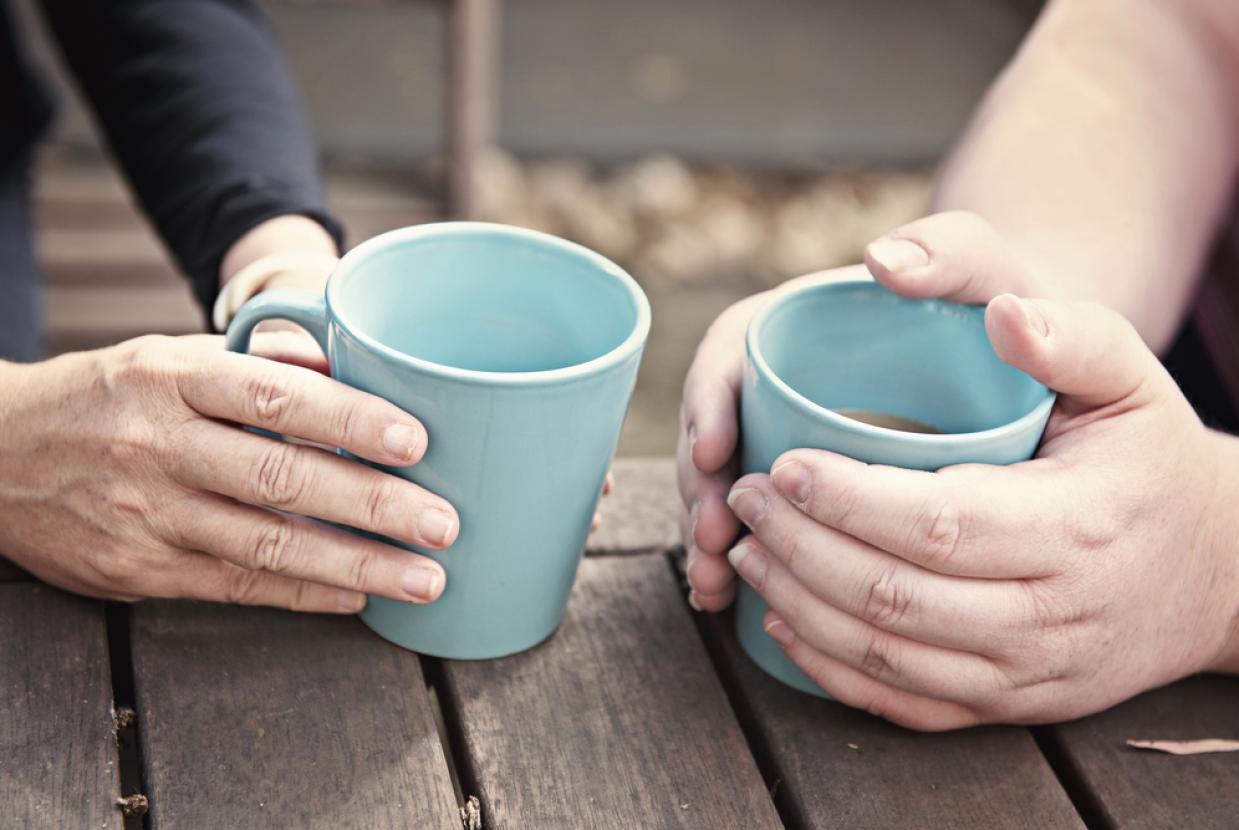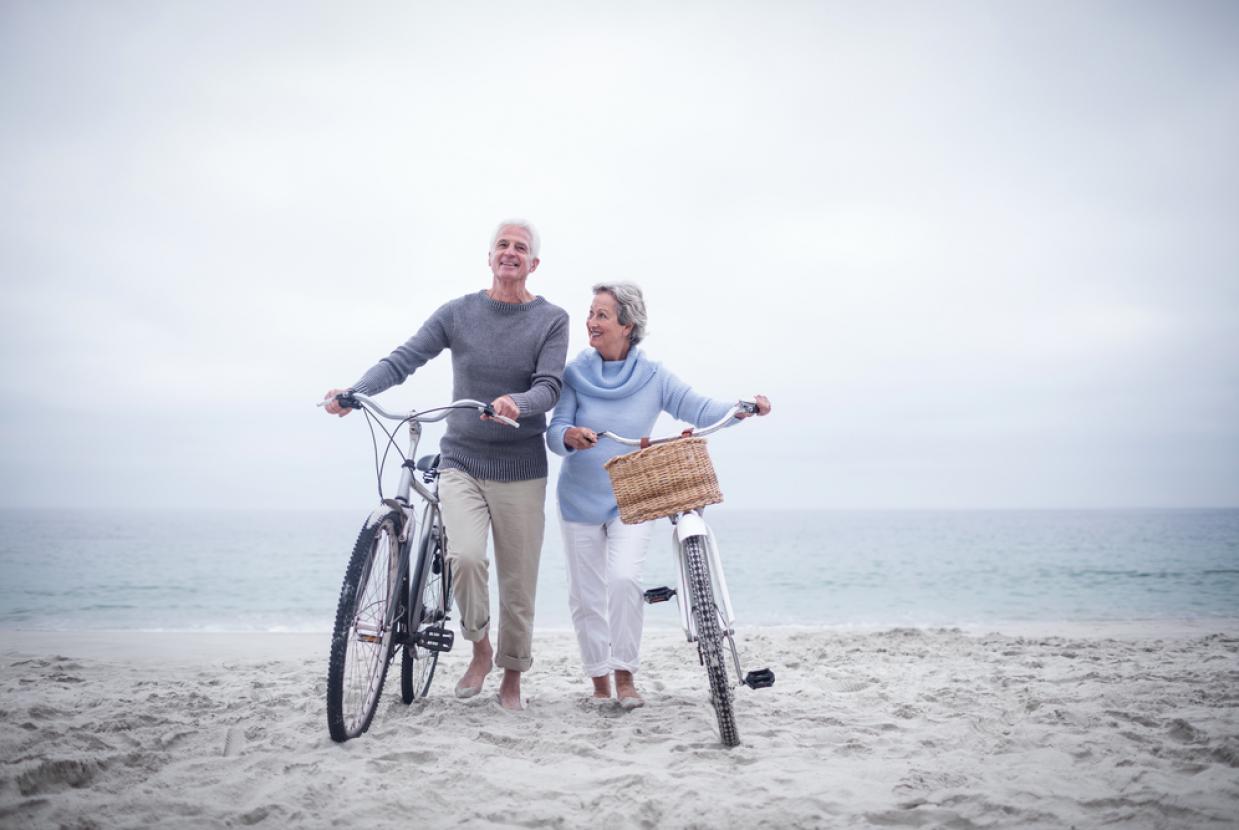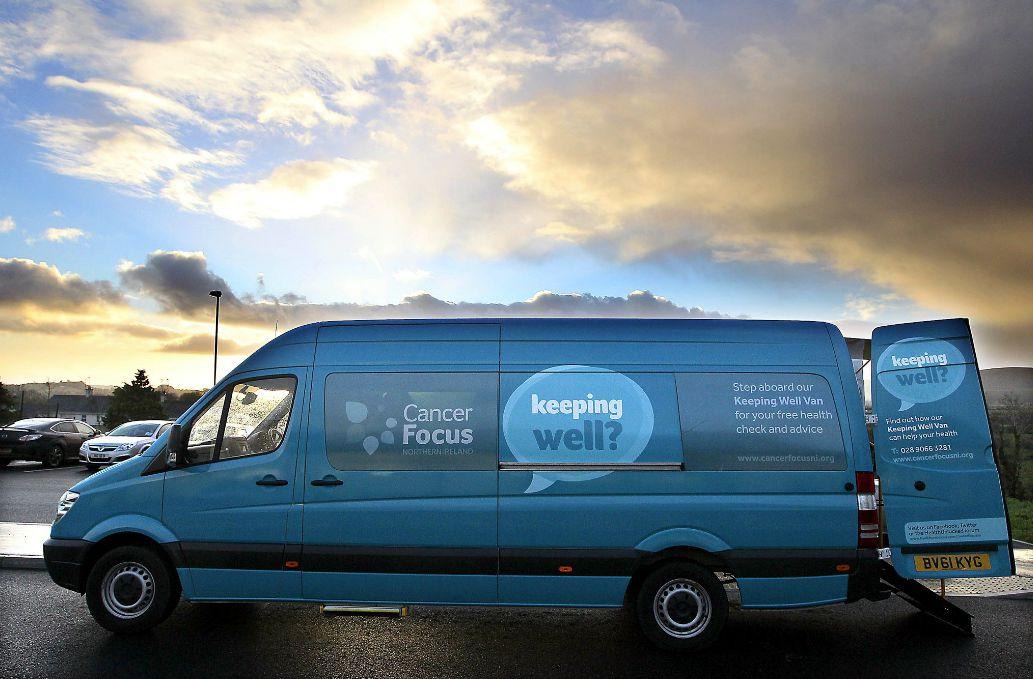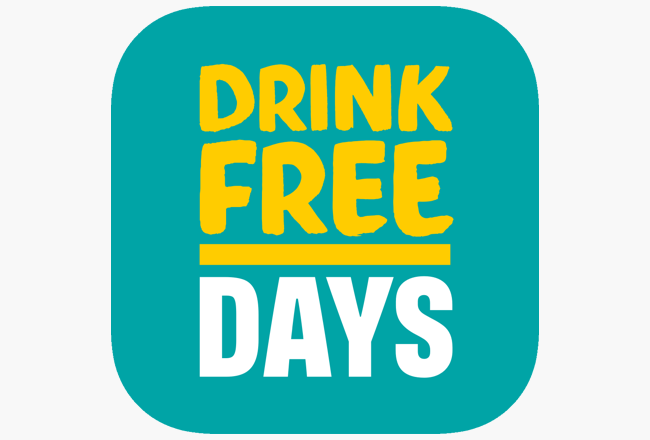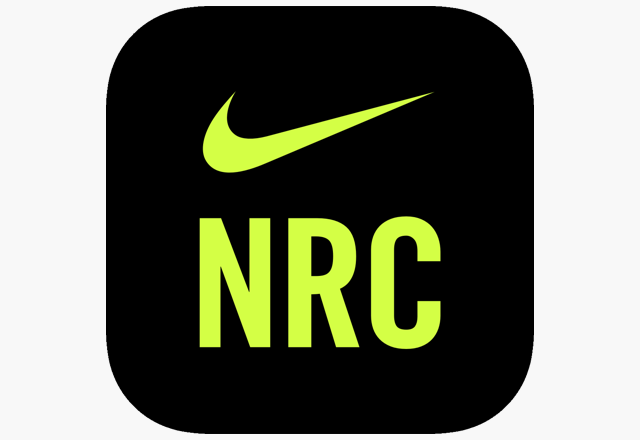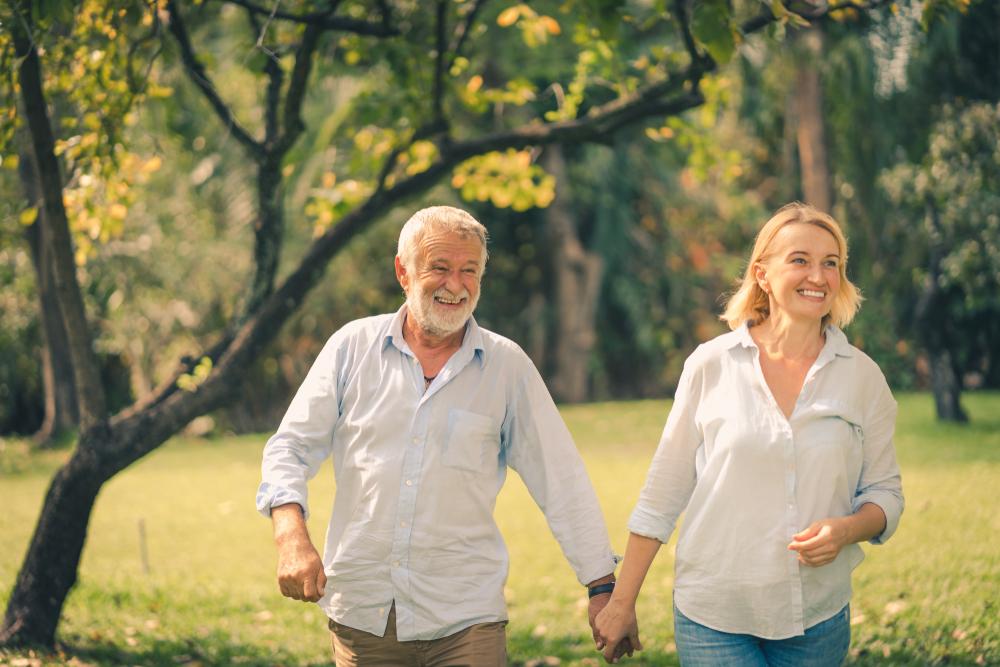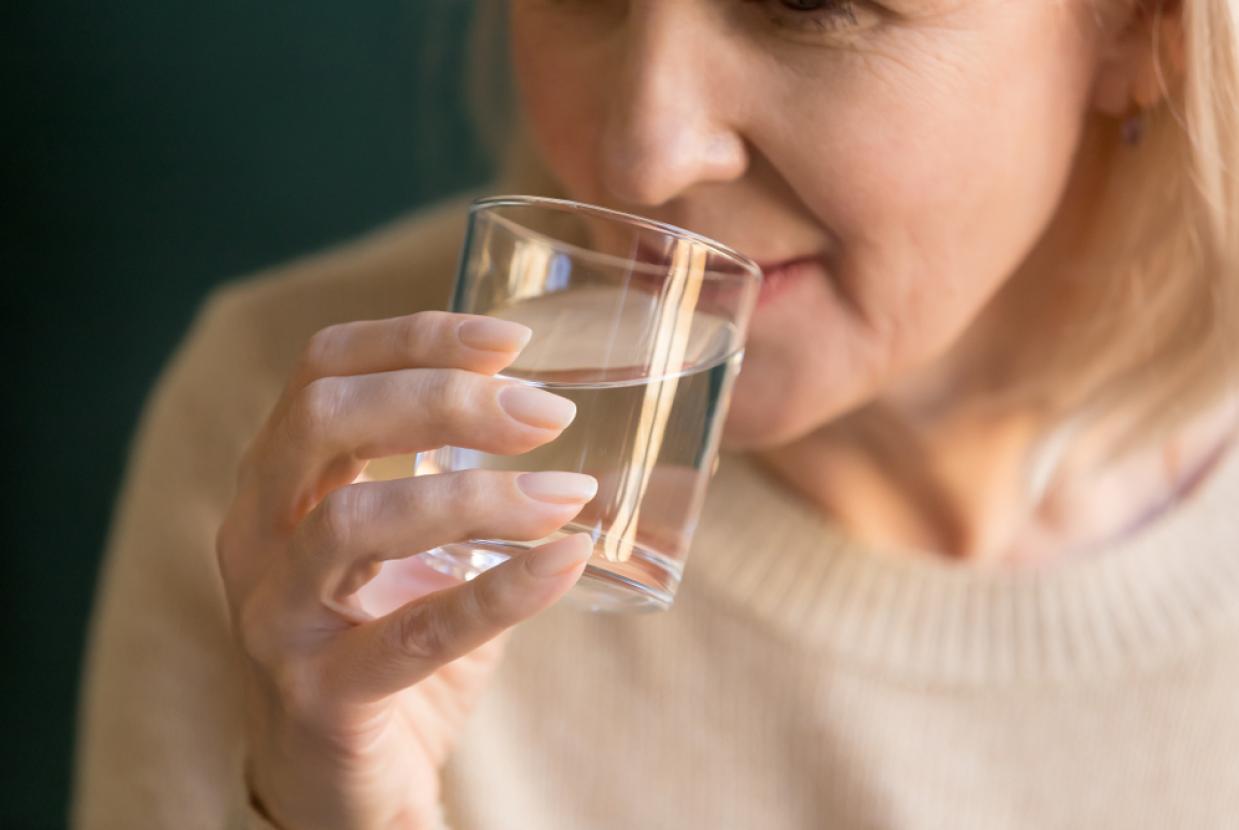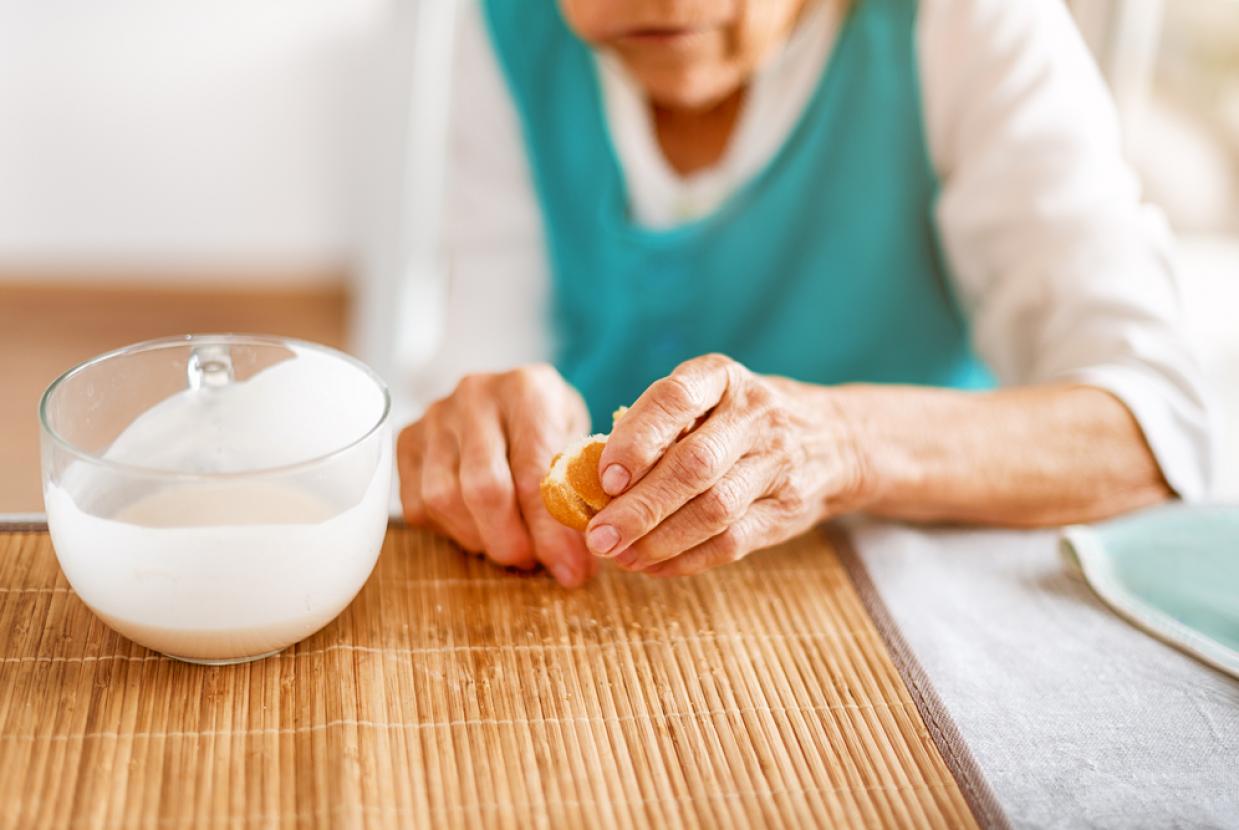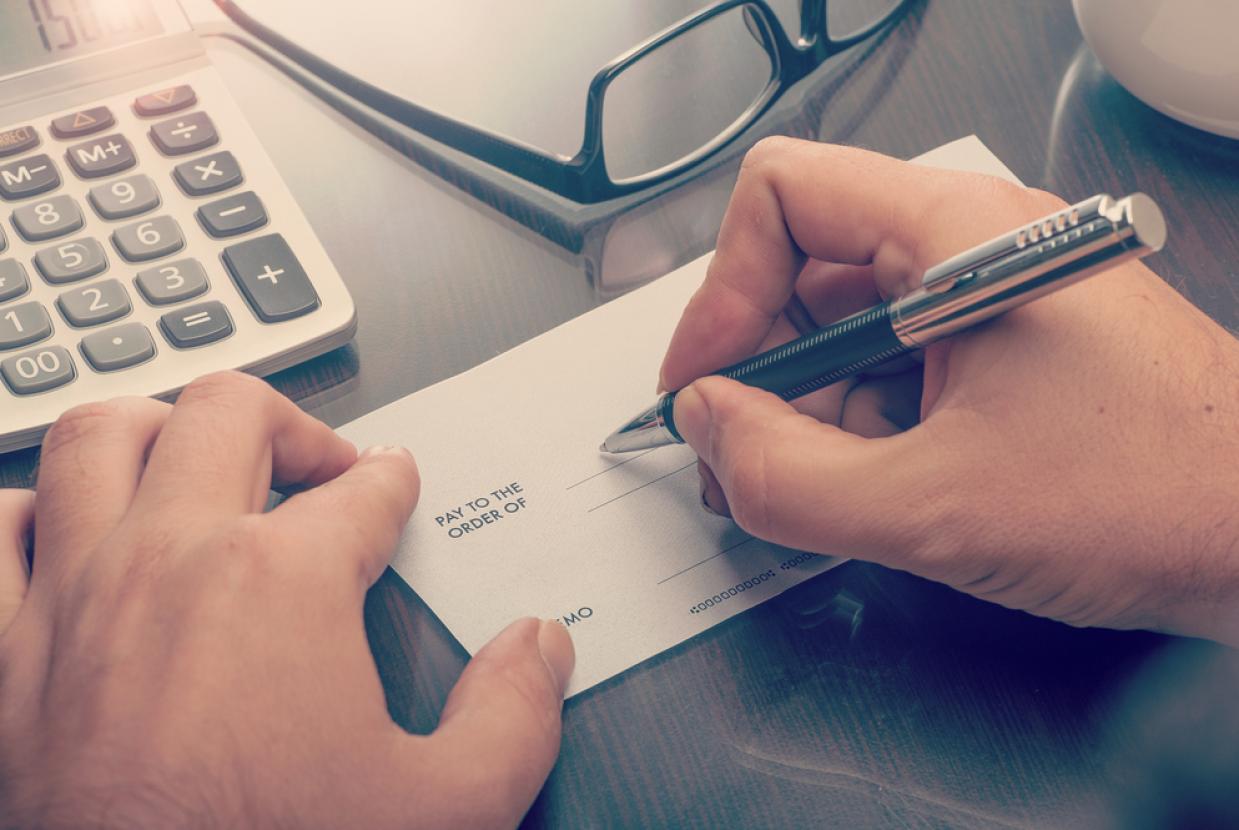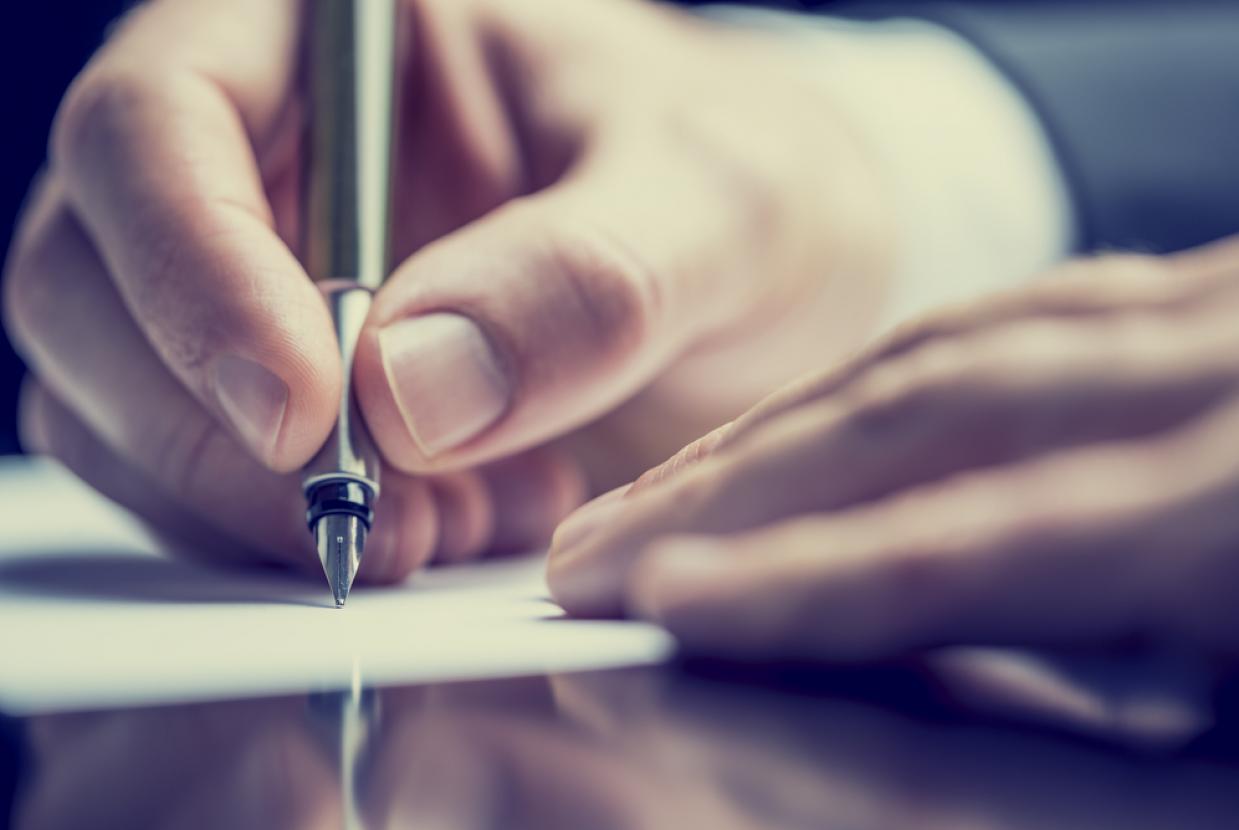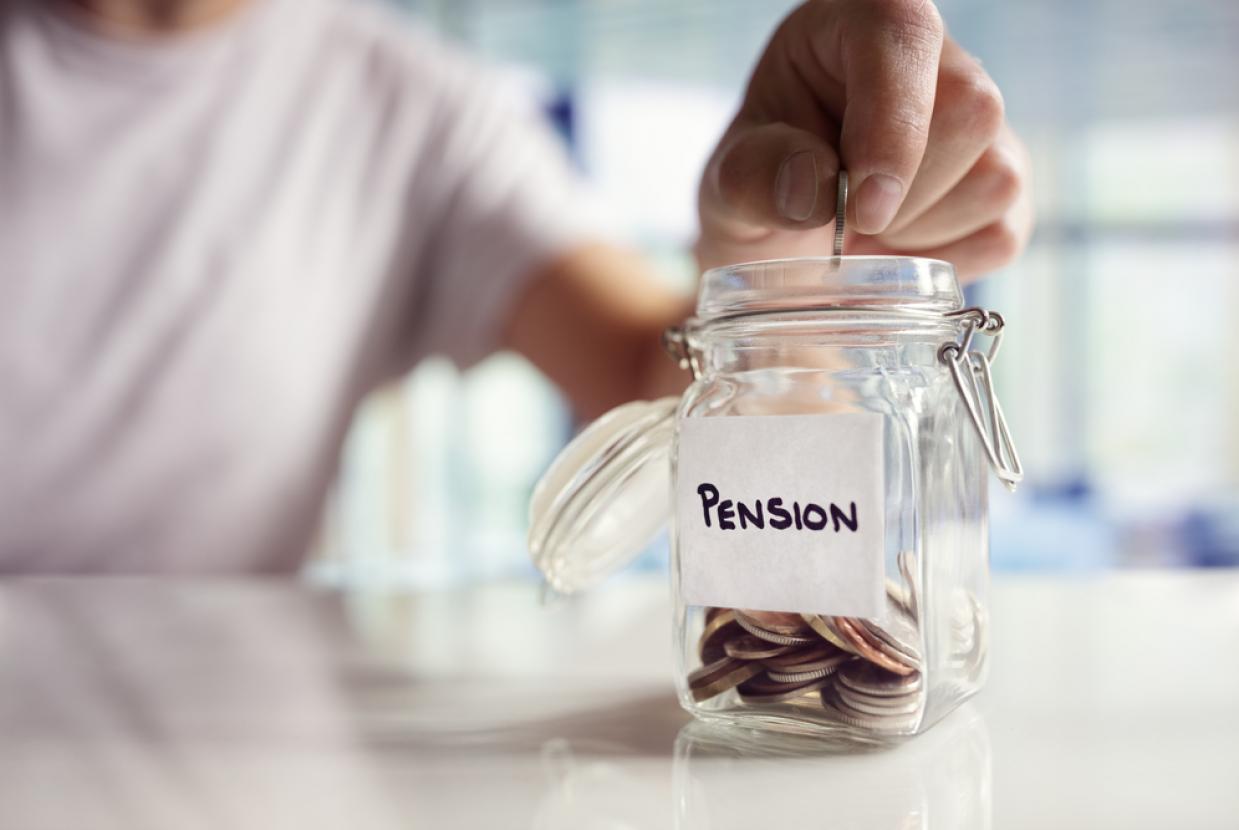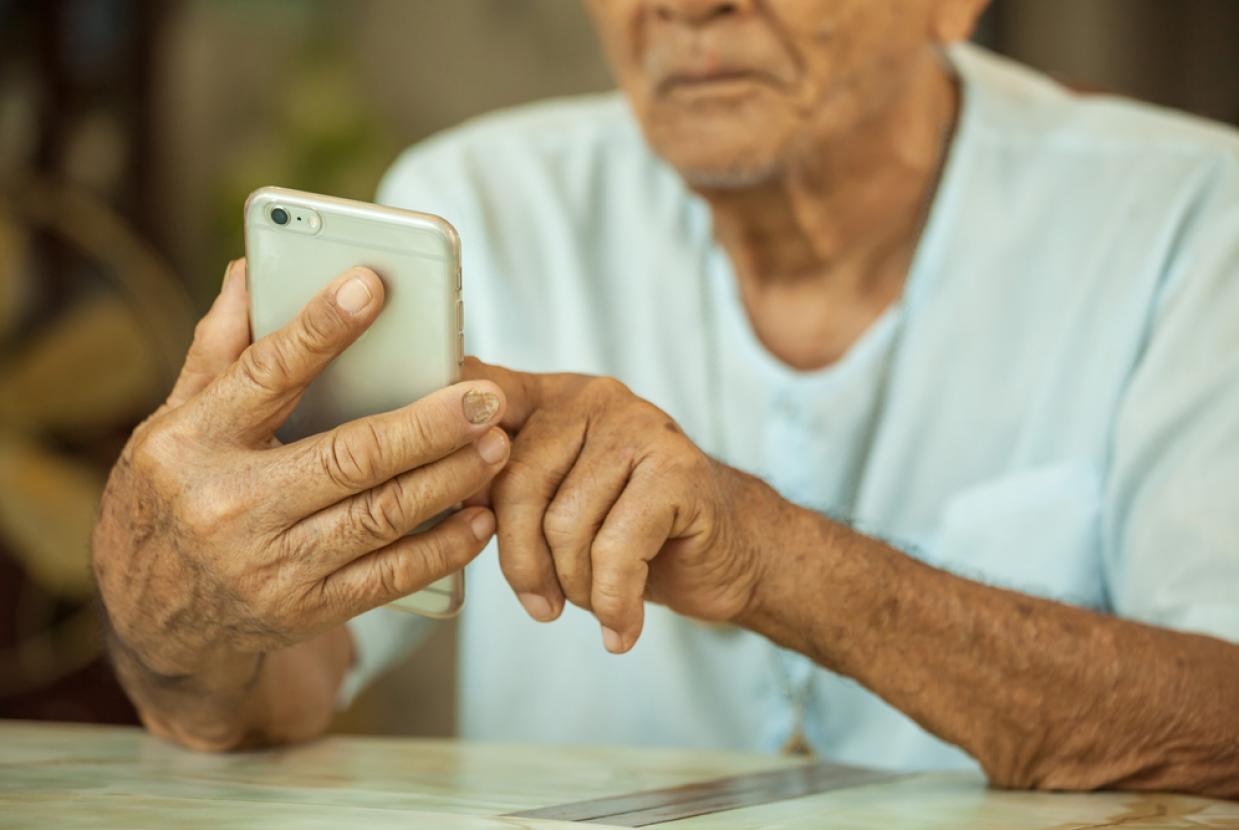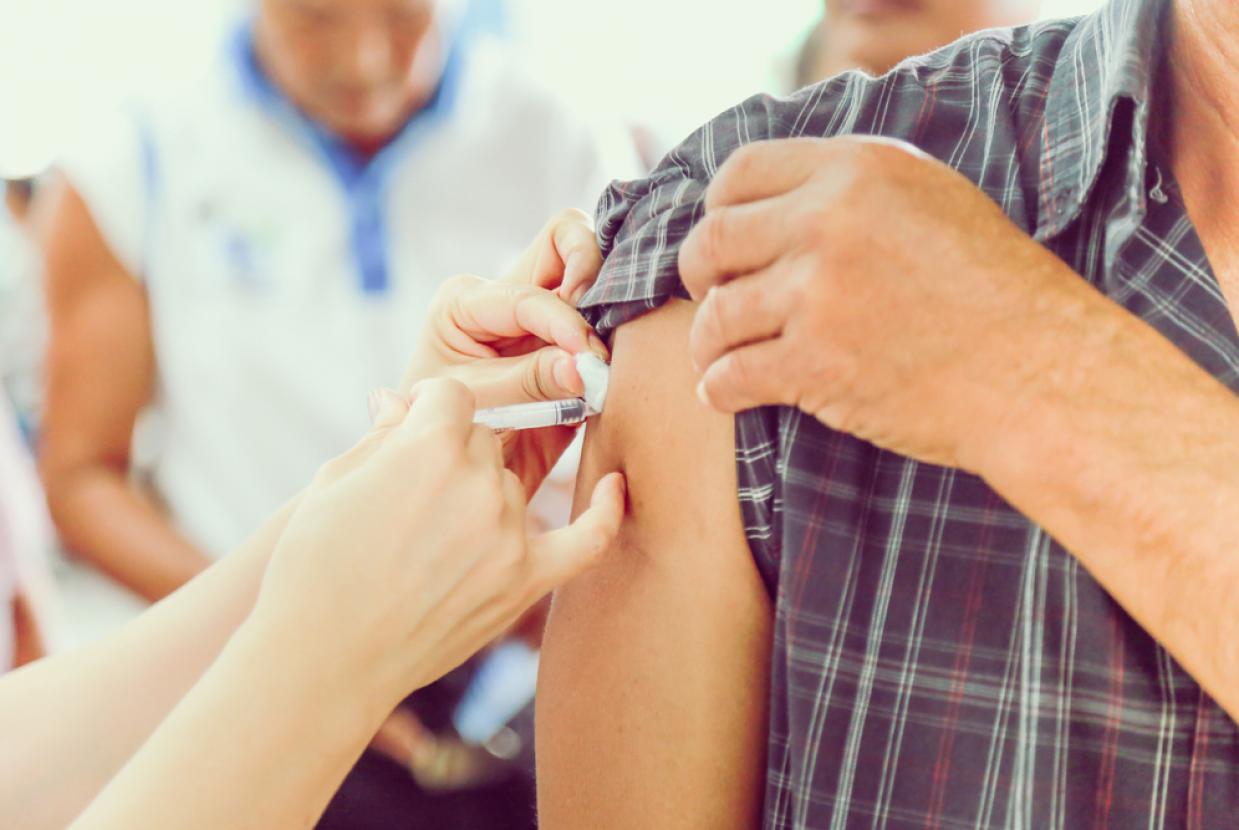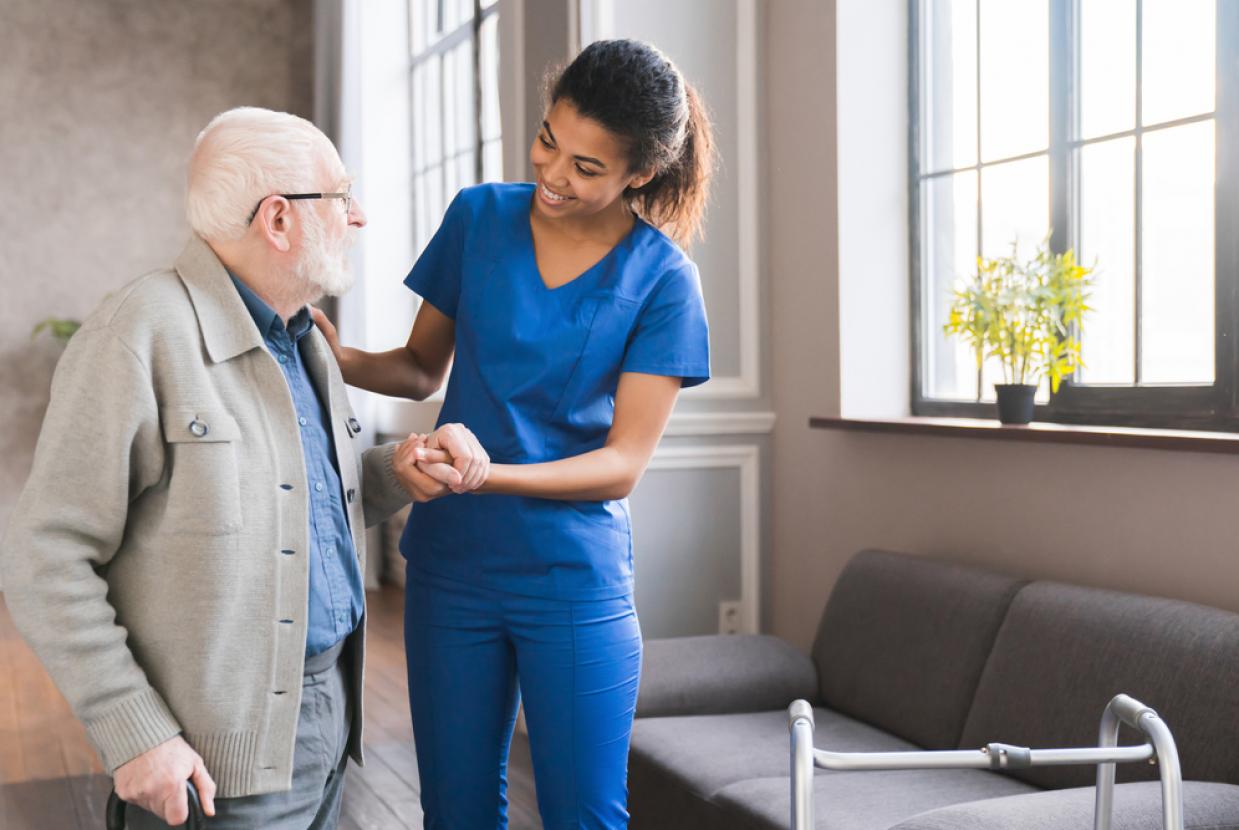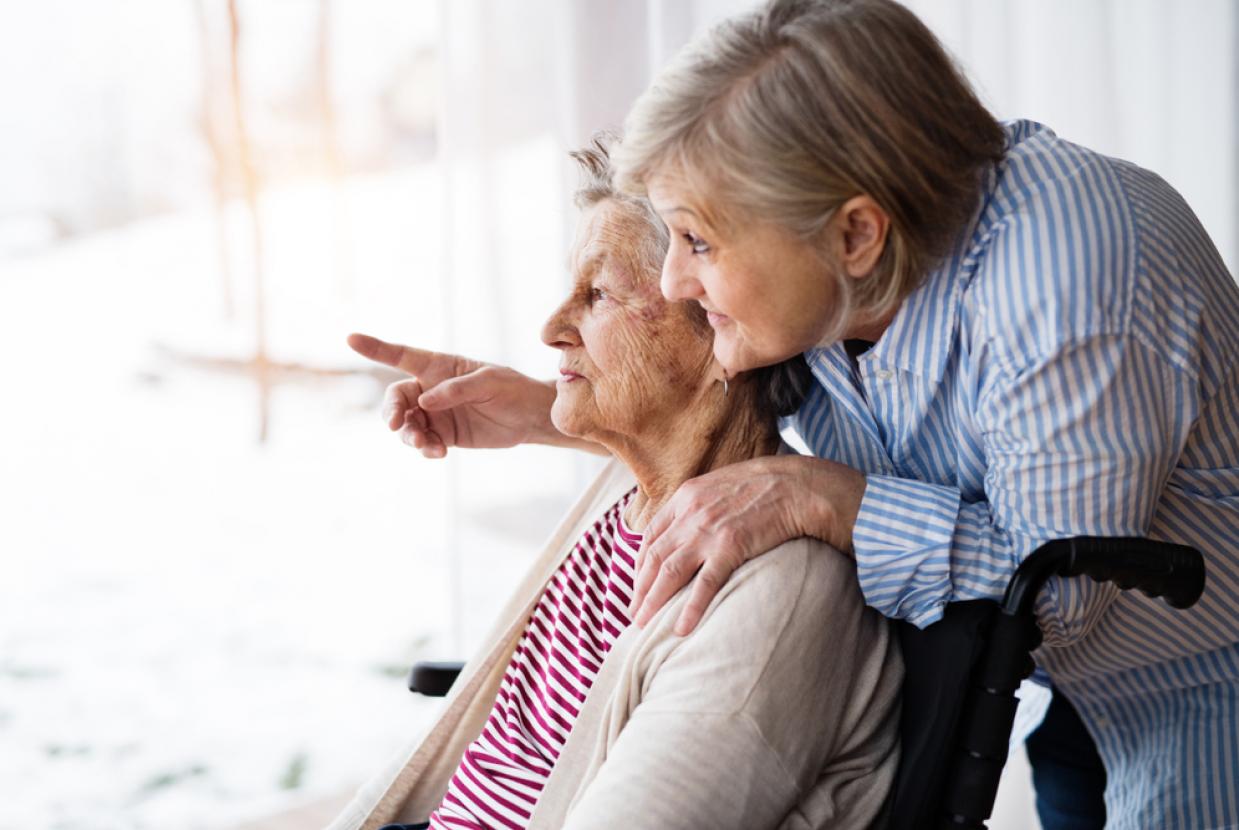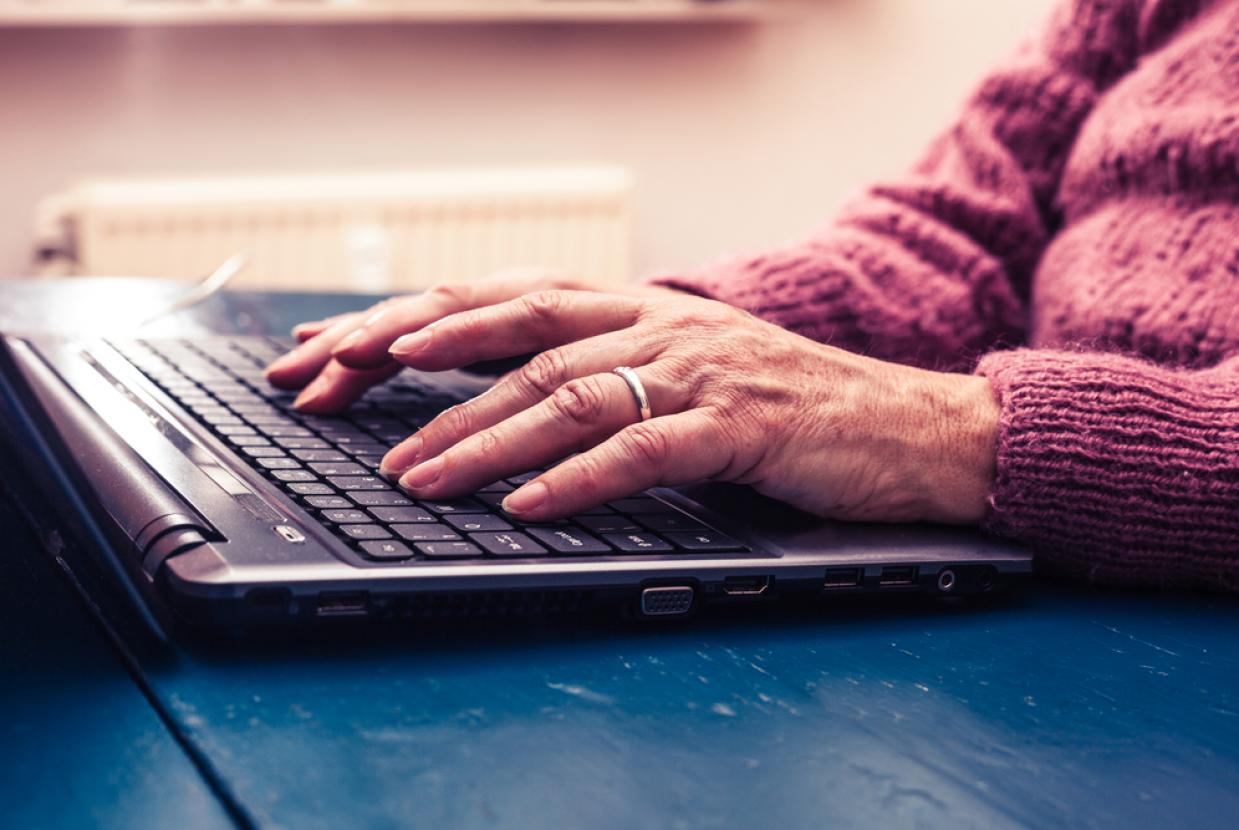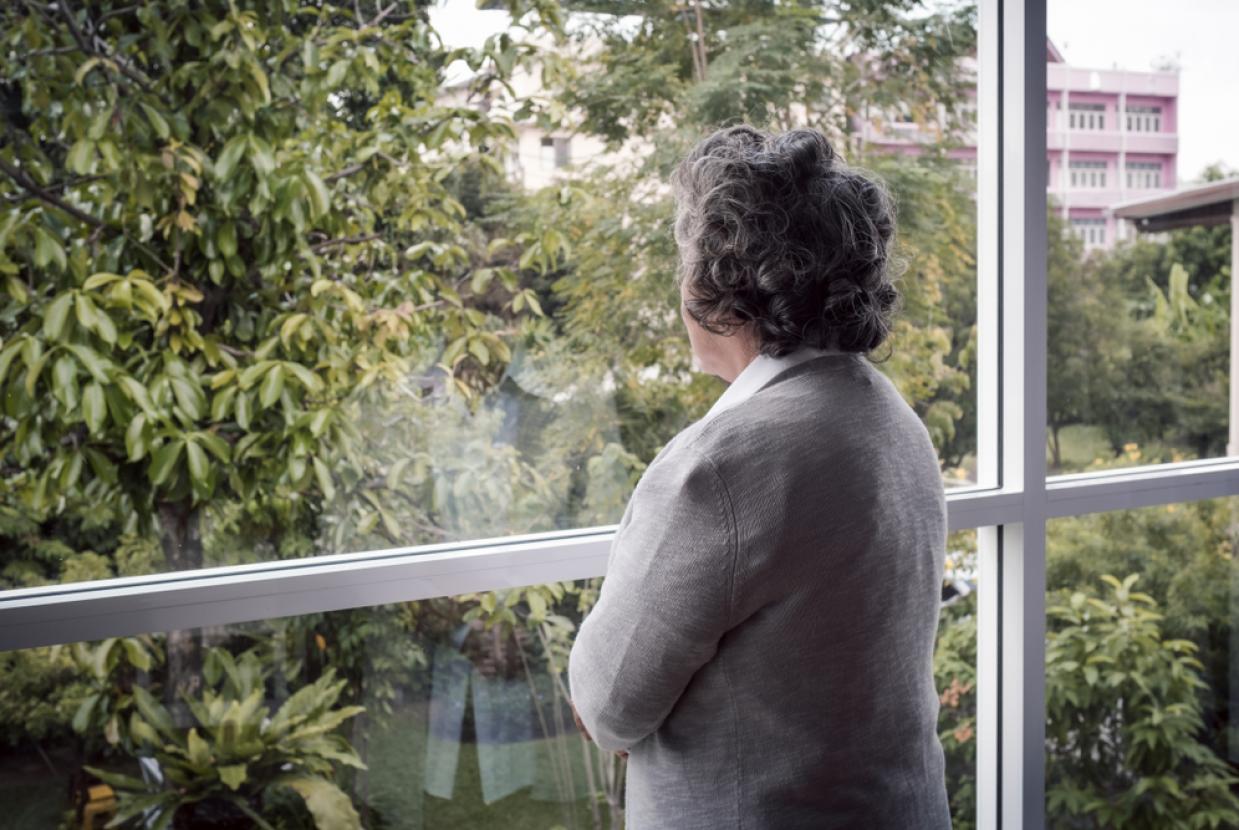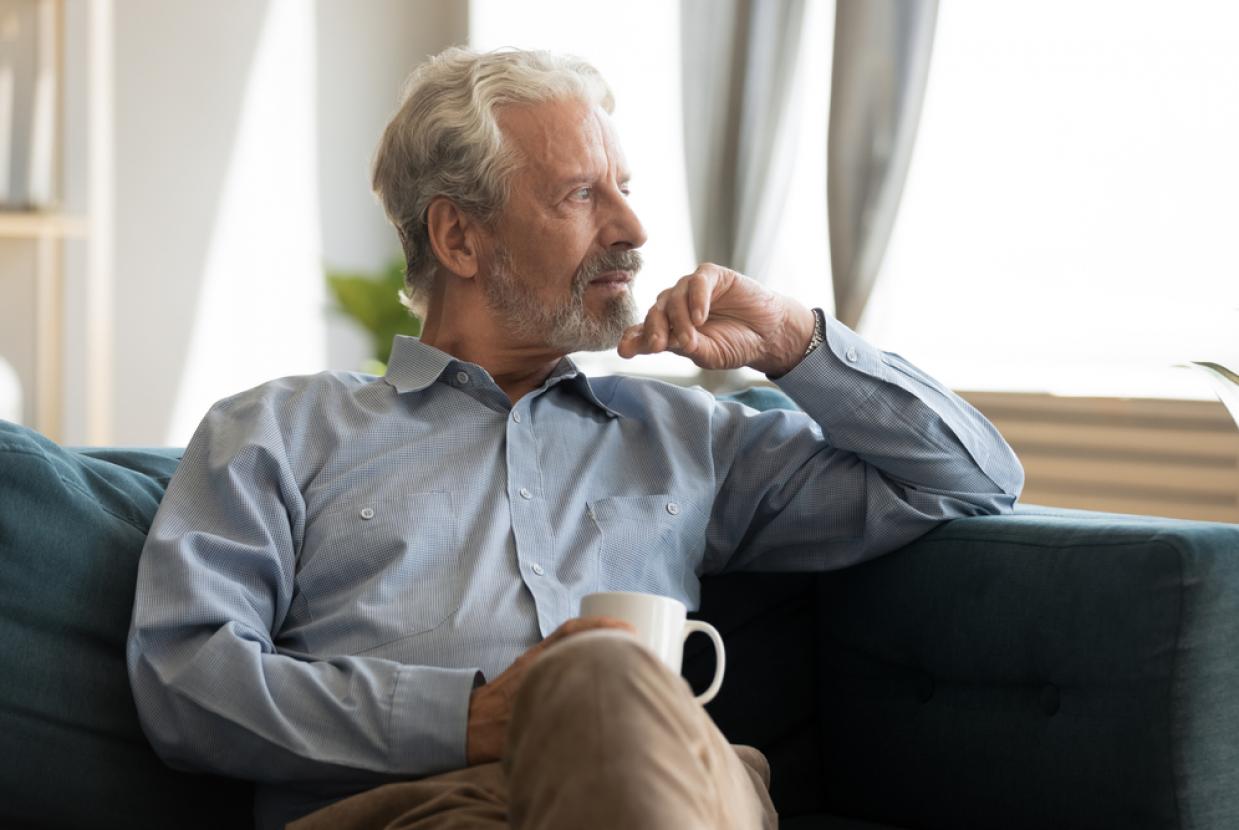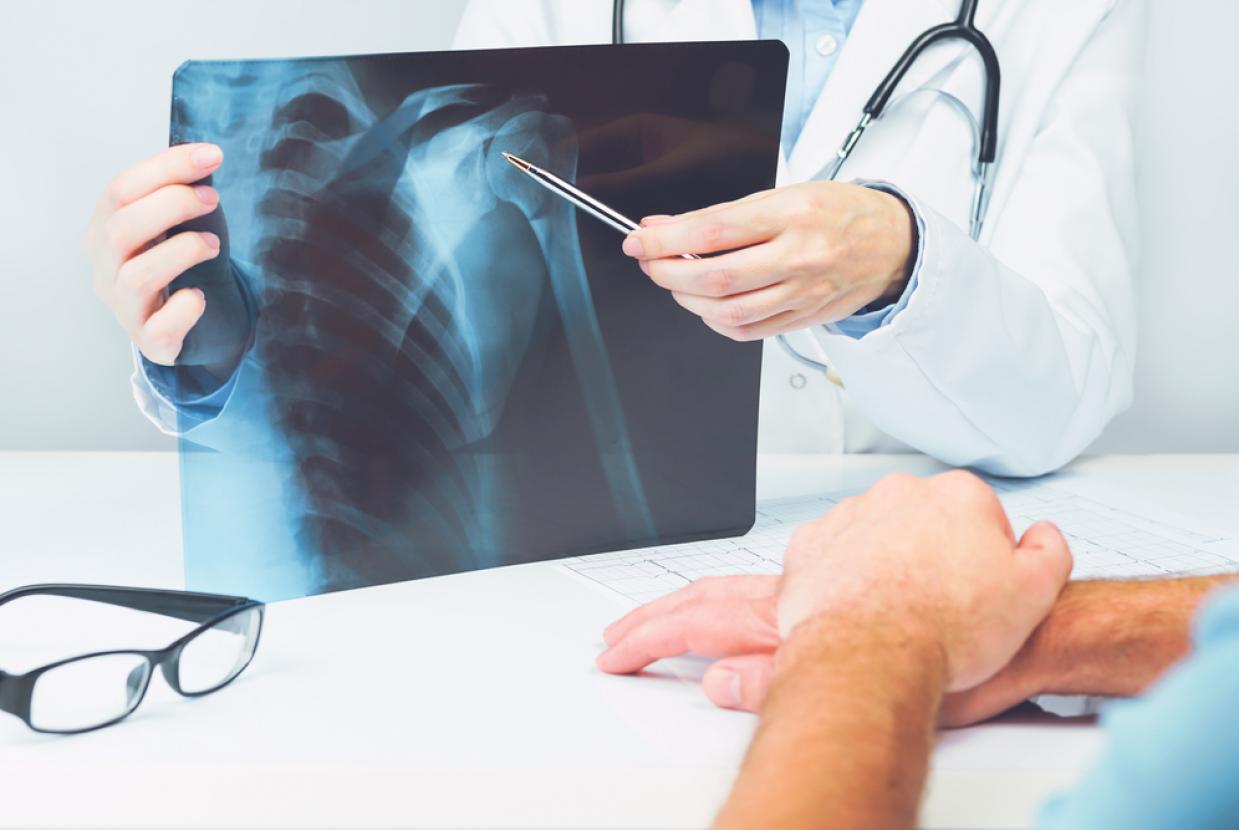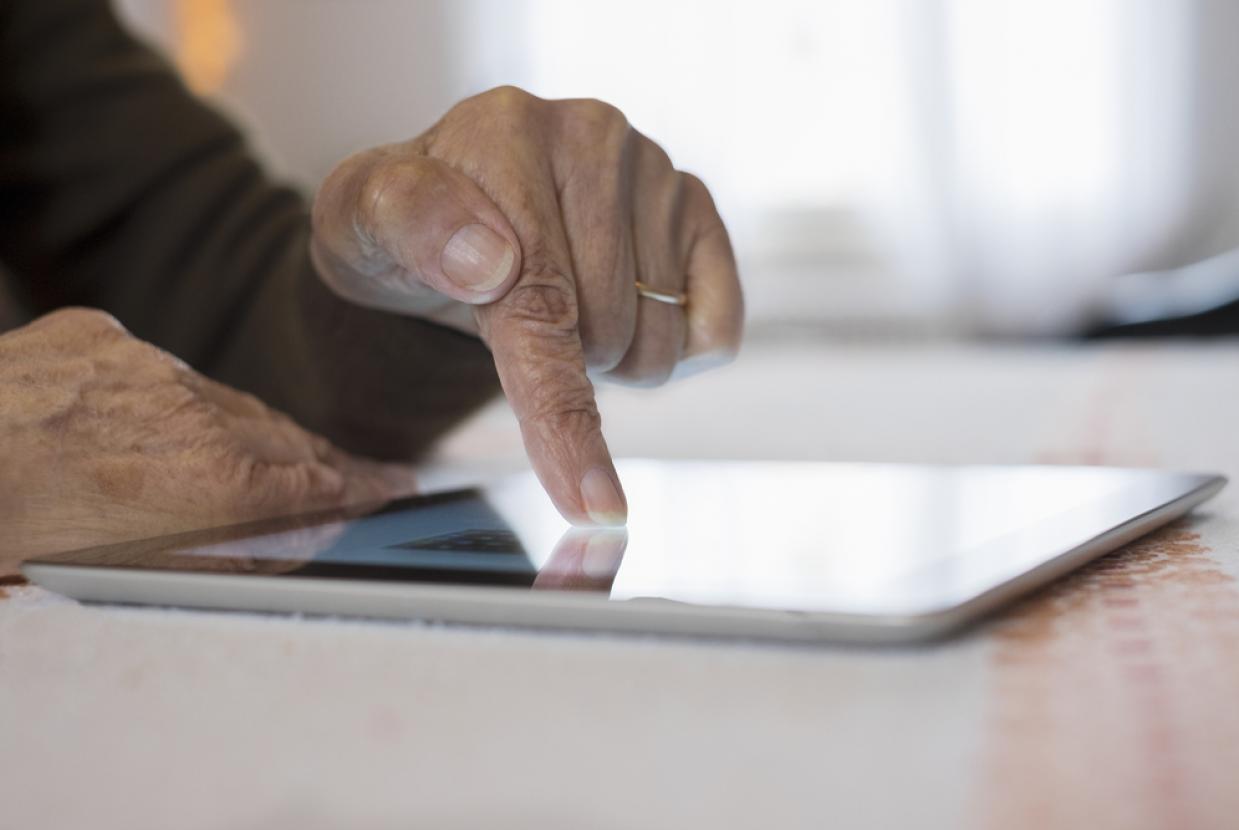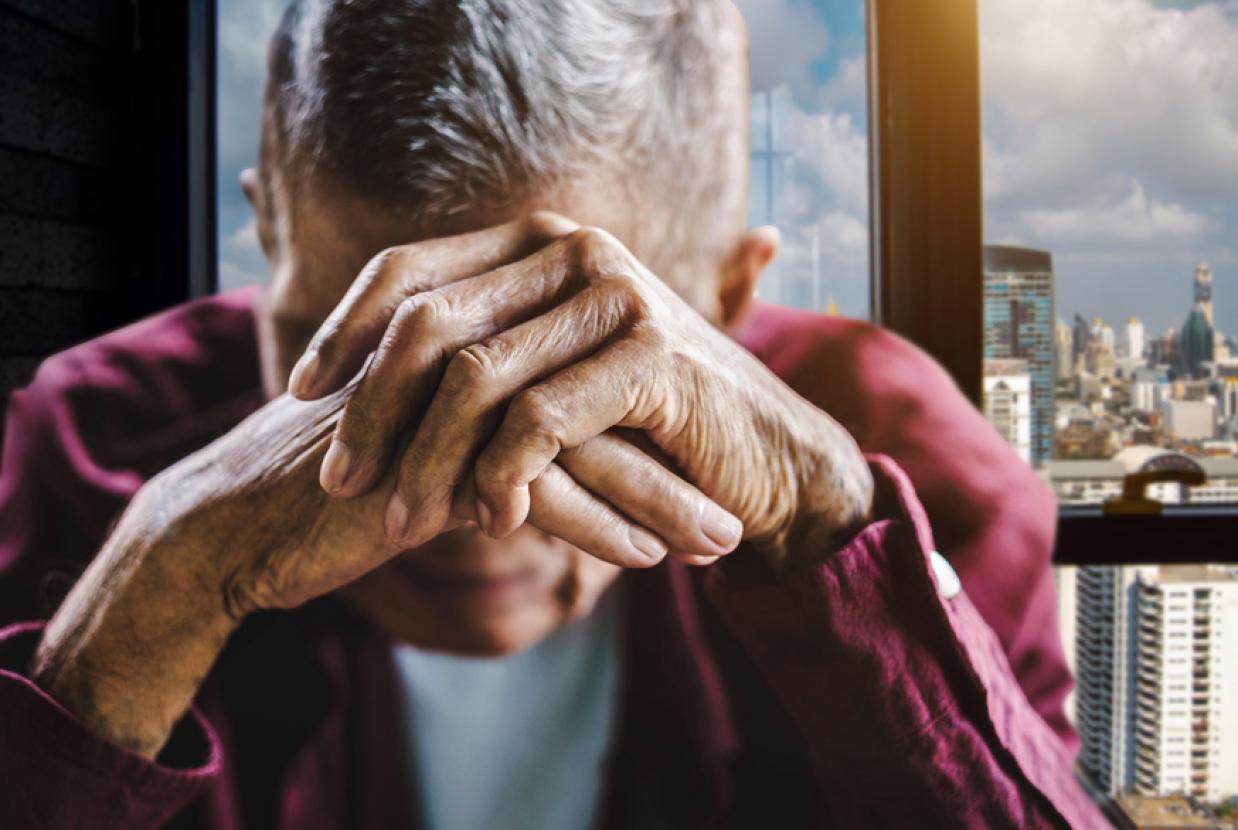Physical Activity & Osteoporosis
Osteoporosis is a disease that affects the strength and thickness of your bones. It makes bones fragile (easily broken). It is often not diagnosed until you have fractured (broken) one or more bones. Osteopenia is the name given to the early stages of Osteoporosis.
Some symptoms of osteopenia and osteoporosis include:
- a broken bone caused by a trip or fall
- loss of height (two centimetres or more)
- a hump developing on the upper back
- sudden and severe back pain
If you have any of these symptoms, speak with your GP about referral for a DXA Scan. This scan is painless and will tell you if you have osteoporosis.
How can regular physical activity help me?
Regular physical activity will help you to improve your muscle control, posture, balance and co-ordination. Regularly doing weight bearing exercises, such as walking or playing racquet sports, will help you increase the strength of your bones and reduce your risk of falls and broken bones.
How do I get started?
To get the most health benefits from physical activity, you need to be physically active at a moderate intensity for at least 30 minutes a day on five days a week (or for 150 minutes a week). It is recommended to check with your GP before you start becoming more active.
They can help you set realistic goals that take into account your level of fitness, symptoms and medication. A physiotherapist can give you tailored advice and support on becoming more active. Ask your GP for a referral.
Muscle strengthening activities
- Digging, lifting and carrying while gardening
- Carrying groceries
- Circuit training
- Step aerobics
- Weight machines
- Lifting hand held weights
Balance activities
- Tai Chi and Yoga
- Backward/sideways walking and walking on heels and toes
- Standing from a sitting position
- Standing on one foot




